ProBlogger: 6 Brands That Nailed Their Product Launches (And What You Can Learn From Them) | |
| 6 Brands That Nailed Their Product Launches (And What You Can Learn From Them) Posted: 13 Mar 2017 06:00 AM PDT This is a guest contribution from Shane Barker. Planning to expand your reach and grow your readership? As a blogger, you regularly produce valuable content that your audience loves. But what if you could provide your readers with something beyond your blog posts and eBooks? For instance, you could share your expertise and knowledge with your audience through online courses and webinars or other e-products – they can be a great way for your blog to reach new audiences and make more money. B Below are some great examples of brands that nailed their product launches so you can get a better idea how to successfully promote your new product: Example #1: Pingit by BarclaysIn 2012, Barclays launched the mobile app Pingit, a mobile payment service that lets users transfer money easily through their mobile phones. Available only for U.K. residents, the service allows users to transfer money to other people using only their phone numbers. Soon after the app was launched, Barclays made the most of its social media buzz to collect real-time user feedback. They realized that, although a majority of the reactions were positive, there were still a few negative mentions. Upon further analysis, the main issue was that the app was only available for people aged 18 and above. Not only did teens feel left out, many parents were also unhappy as they were unable to use the service to send money to their kids. Barclays quickly acted on this and made the service available for users aged 16 and above. So the bank managed to turn a possible PR disaster into something positive with the help of social media feedback and response. Social media monitoring also helped Barclays find out what they were doing right. For instance, users were delighted about the balance checking feature, which was only added as a side feature. Due to the high amount of positive responses, the bank even developed a new app just for this. What to Learn from Barclays: Whether you're launching a new course or promoting a new webinar, social media monitoring can get you a long way in understanding your readers. Maybe your signup process is a bit complicated for them or maybe you could get their opinion about what topic you should cover next. Either way, social media monitoring can help you get a clear idea what you're doing wrong or right and make adjustments accordingly. Example #2: Chrome by Google (Thailand Launch)Google wanted to introduce its Chrome browser to a more diverse market by bringing it to Thailand. But launching a product in a diverse market comes with its own challenges as you need to adapt your strategy according to cultural preferences. Realizing that people in Thailand appreciate traditional storytelling, Google decided to implement that into their product launch campaign. They chose to tell the story of Ramakien, a national epic that stems from the Hindu story of Ramayana and focuses on the triumph of good over evil. The idea was to use visual storytelling to demonstrate the features of Chrome while bringing the ancient story to life. This helped users understand the browser's capabilities without having to watch a long, boring tutorial. They even added in-story games so that the audience remained intrigued throughout the interactive experience. The campaign was met with approval by many Thai people, including the Prime Minister. During the campaign period, the number of Chrome users grew by 53% and resulted in the browser becoming Thailand's no.1 browser. Google even experienced a 3.5 point increase in shares following the campaign. What to Learn from Google: Visual storytelling enables you to entertain and inform your audience at the same time. But you can further leverage this by telling the story with a theme and tone that fits the preferences of your readers. You can implement this tactic by creating informative yet eye-catching infographics to promote a product or service you're launching. Find out what interests your audience to get inspiration on how to develop the infographic content. Example #3: belVita by MondelēzModelēz International is a multinational company dealing in confectionery and other food items with brands like Cadbury, Oreo, and Halls as part of its brand family. They launched two new products in Brazil – Trident Unlimited and belVita – and wanted to effectively market these products. In May 2014, they started promoting their new belVita apple-and-cinnamon breakfast biscuits through YouTube TrueView. The brand then measured the campaign performance using Google's Brand Watch Solution, analyzing how their target audience responded to their video and display campaigns. They discovered that there was a considerable drop in viewer retention after the first five seconds. So they started testing another version of the ad, mentioning their brand name within these five seconds. The revised ad also displayed the product on screen and even appealed to viewers not to skip the ad. After this revision, their view-through rate improved by 15%. In comparison to a control group, the ad had a 57% increase in ad recall, and brand awareness increased by 27%. Armed with this critical data, Modelēz was able to make adjustments to its campaign for increased effectiveness. They also used insights from Brand Watch to narrow down their target audience to a more specific age group, as they had a 79% brand recall with people aged between 35 and 44. What to Learn from Modelēz International: Your product launch campaign doesn't end as soon as you have launched the product. There are chances your campaign might not be as effective as you had predicted, despite your extensive study of the market and target audience. So thorough performance monitoring will help you understand what you could be doing wrong or what you could do better. As you can see from the example above, Modelēz was already seeing improvements in performance after revising their ad. But they decided to further improve their performance by narrowing down their target audience into a specific age group with which they seemed to be performing the best. Make the most of monitoring insights and data to adjust and improve your product launch campaign. Example #4: UnsplashUnsplash is a blog that provides people with free photos that do not require any form of attribution. If you visit the blog, you'll find some breathtaking images taken by professional photographers and donated for public use. You might even find images that you can use for your next blog post. Here's an example so you can see the quality of the photos: From a $19 blog with 10 leftover photos, Unsplash grew into a community of more than 8,000 photographers. The 30,000 photos submitted on the platform have been downloaded more than 50 million times. As a way to thank and further promote these generous photographers, the Unsplash team decided to make a book. The book features some of the most inspiring photos from Unsplash as well as essays from renowned creators such as Lawrence Lessig, (Founder of Creative Commons), and Stephanie Georgopulos, (Editor of Human Parts). To fund and promote the book, the team launched a Kickstarter campaign with a goal to raise $75,000. They leveraged the campaign with an inspirational video telling the story of Unsplash and how the inspiration for the book came about. The video featured some of the photos on the blog and the people behind the project. The campaign managed to raise more than $100,000, exceeding the initial target by around $25,000. What to Learn from Unsplash:There are several reasons why this campaign worked so well. First of all, they added value to the product by curating and including the works of key influencers in the creative industry. Another reason for the campaign's success is that they used a video to tell an intriguing story about the inspiration behind the product, and to showcase the lives of the people behind the project. Partner with key industry influencers to co-create valuable content or products that your audience will love. You can then promote the content/product by telling your story in such a way that your audience forms an emotional bond with you. The more emotionally invested they become, the more likely they will be to buy your product or continue reading your blog. Example #5: Front AppFront App is a team management app that lets you communicate with team members and manage tasks seamlessly. After seven months of beta testing, the app was officially launched in 2014 and was featured on three reputable websites relevant to the app industry – Hacker News, Product Hunt, and TechCrunch. These features managed to generate a high amount of page visits, leads, shares, and signups. The folks at Front App monitored the performance of these three channels during the 24 hours following the post and discovered that each of them had unique benefits for promoting the app. Hacker News was able to drive the most traffic at 6,174 unique visitors. TechCrunch, on the other hand, drove the most engagement and conversions with 173 signups, 108 qualified leads, and 107 shares. Product Hunt too generated significant traffic and conversions. What to Learn from Front App:This case study shows that features and guest posts can significantly boost your product launch campaign. They can help you raise awareness about the product while driving traffic to your site and generating leads. The idea is to ensure that the links are coming from reputable and relevant websites. You could talk to publishers about the product to see if you can get a feature highlighting some of the main features of the product. Otherwise, you could also submit a guest post detailing what the product is all about. Your goal should be to inform the audience about what the product can do for them. You'll be promoting the product through a trusted platform, reaching out to a massive audience relevant to your industry. Getting featured on successful blogs and renowned publications could also help you build your credibility and brand image, as a feature usually means the website is vouching for you. Example #6: Wonders of the Universe App by HarperCollinsHarperCollins wanted to establish an online presence and venture into the digital world with a goal to tap into the U.S. marketplace. In 2012, they launched a series of educational apps based on a popular BBC TV series hosted by Brian Cox. The Wonders of the Universe and Wonders of Life apps came with rich multimedia elements and interactive animations along with informative videos. They kicked off their campaign by developing a unique key message to fit different personas within their target audience base, which included tech/app reviewers, educators, parents, and science and astronomy publications. Each of the messages highlighted the apps' features and capabilities despite being geared towards specific audiences. HarperCollins then embarked on a product launch promotion campaign that involved exclusive outreach to high-ranking media outlets, sneak peeks for top technology blogs, and free app downloads for top-tier teacher and parenting blogs. The app was featured on reputable websites like Popular Science and Educade, raising awareness among the target audience. Following the campaign, the Wonders of the Universe app managed to get more than 81,000 downloads and helped the brand generate $500,000 in new business. It was also featured in the App Store's "Best of 2012" in both the U.S. and the U.K. What to Learn from HarperCollins:The most significant takeaway from this campaign is how they adapted their messaging to suit different audience personas. As a blogger, this would be your area of expertise but there are times you get stuck because you're too used to writing for a specific type of audience. Whenever you're writing for a new audience, like with guest posts, you need to gain a thorough understanding about what the audience would appreciate and how they are different from your regular readership. Adapting your writing style and tone according to specific audience personas boosts your chances of winning readers over. ConclusionThe examples highlighted here have demonstrated several strategies for a successful product launch. They can help you come up with an effective plan to promote a new e-Product or service. Use these tips to leverage your status as an influential blogger and to ensure that your product launch is successful. Are you looking for ways to fully monetize your following and influence? Need some help negotiating with brands that want to work with you? If so, then get in touch with me so you can start capitalizing on your influencer status to the max. Shane Barker is a digital marketing consultant that specializes in sales funnels, targeted traffic and website conversions. He has consulted with Fortune 500 companies, Influencers with digital products, and a number of A-List celebrities. Catch him on Twitter or LinkedIn. The post 6 Brands That Nailed Their Product Launches (And What You Can Learn From Them) appeared first on ProBlogger. |
| You are subscribed to email updates from ProBlogger. To stop receiving these emails, you may unsubscribe now. | Email delivery powered by Google |
| Google Inc., 1600 Amphitheatre Parkway, Mountain View, CA 94043, United States | |

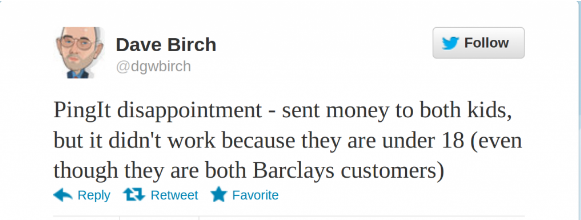
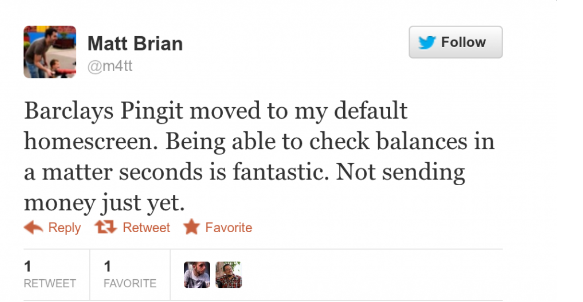
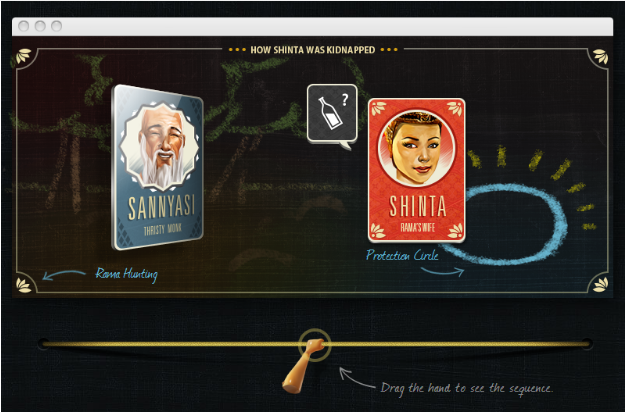
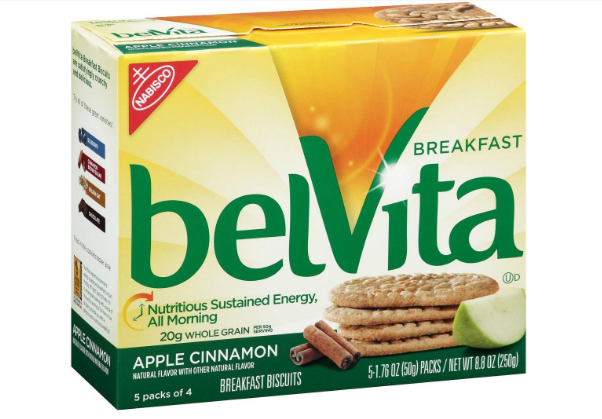

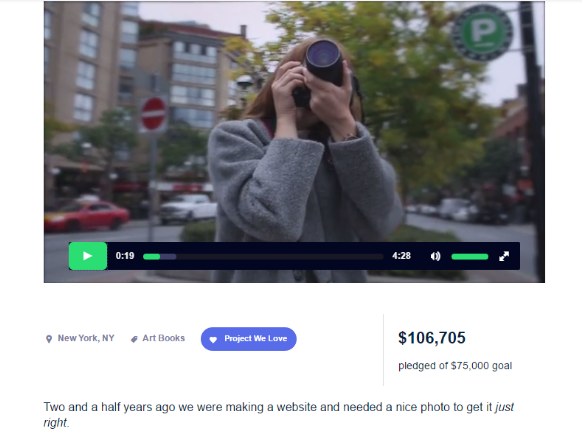
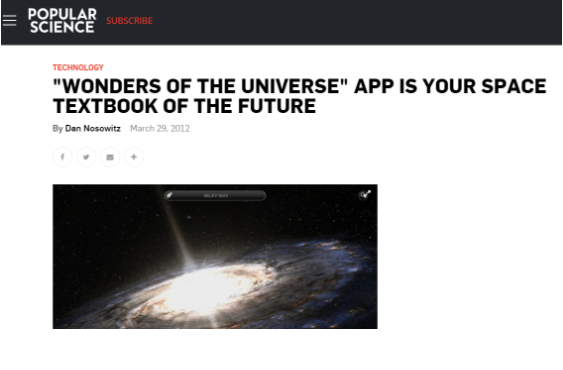
0 comments:
Post a Comment